RESEARCH
for full collection of visual research, please refer to this pinterest page
When I first got the vague idea for what became my CSM ALIVE piece, the starting point was the vision of a cycle. I, myself, was stuck in a viscous cycle at the height of the first wave lockdown in spring 2020 feeling the desire, THE NEED, to be productive but not having an outlet to do so. In the panic of feeling like my personal practice was being stripped from me and the uncertainty of the industry ever opening up again, I changed my outlook and decided to create a piece that directly addressed and challenged the cycle I was trapped in.
For the sake of my own sanity really, I began doing a series of doodles, sketches, illustrations, over the spring-summer of 2020 everytime I felt a particularly prominent emotion relating to the lockdown cycle we were in. To view the full series click here. These are some examples:
The emotions I tried to capture in these were: paranoia, greif, confusion, spiralling, melancholy, optimism, fear. This became an exercise in accumulating different emotions that wove into a cycle of repeated emotions. As we hit the second wave of the pandemic, I began to realise that the cycle was repeating itself, except everytime we inched towards optimism we would spiral back to the start of the viscious repitition.
Next, I started collecting visual imagery that I felt resonated with this concept of a cycle. I came across the artist/photographer Gilbert Garcin’s, who’s stark & bold compositions captured the notion of a journey with no clear end and the idea of entangling oneself in an inescapable circumstance. I was also interested in the relation of the subject & the space in his compositions, how there is a direct interaction & reaction between one and the other.
![]()
Next, I began to look at movement & performances in relation to my observations/experiences in lockdown to begin visualising how they could come to life. This research started as an interrogation of the shift from social networks to fragmention to forced isolation. This included:
-English National Ballet: Lest We Forget
-Hussein Chalayan: Gravity Fatigue
-Nancy Brooks Brody: Merce Drawings
![]()
I then look at my visual research of performances as prompts for stream of consciousness writing that verbalised my feelings of being in lockdown.
You can read the full series of poetry & texts here
![]()
At this point in the research process, Maya Ross Russell joined the creative team. I felt that, while I wanted to approach this project as the lead artist, my skill set was geared towards visual dramaturgy. I knew I would need to collaborate on the creation of the narrative so Maya initially joined as the Director/Dramaturg. Based off my research so far, I was leaning towards a movement-based performance that was led by the visuals. But Maya and I also wanted to interrogate how we could incorporate the text I had written, and the ones she wrote, as a dance theatre piece.
![]()
![]()
![]()
For the sake of my own sanity really, I began doing a series of doodles, sketches, illustrations, over the spring-summer of 2020 everytime I felt a particularly prominent emotion relating to the lockdown cycle we were in. To view the full series click here. These are some examples:
The emotions I tried to capture in these were: paranoia, greif, confusion, spiralling, melancholy, optimism, fear. This became an exercise in accumulating different emotions that wove into a cycle of repeated emotions. As we hit the second wave of the pandemic, I began to realise that the cycle was repeating itself, except everytime we inched towards optimism we would spiral back to the start of the viscious repitition.
Next, I started collecting visual imagery that I felt resonated with this concept of a cycle. I came across the artist/photographer Gilbert Garcin’s, who’s stark & bold compositions captured the notion of a journey with no clear end and the idea of entangling oneself in an inescapable circumstance. I was also interested in the relation of the subject & the space in his compositions, how there is a direct interaction & reaction between one and the other.

Next, I began to look at movement & performances in relation to my observations/experiences in lockdown to begin visualising how they could come to life. This research started as an interrogation of the shift from social networks to fragmention to forced isolation. This included:
-English National Ballet: Lest We Forget
-Hussein Chalayan: Gravity Fatigue
-Nancy Brooks Brody: Merce Drawings

I then look at my visual research of performances as prompts for stream of consciousness writing that verbalised my feelings of being in lockdown.
You can read the full series of poetry & texts here

At this point in the research process, Maya Ross Russell joined the creative team. I felt that, while I wanted to approach this project as the lead artist, my skill set was geared towards visual dramaturgy. I knew I would need to collaborate on the creation of the narrative so Maya initially joined as the Director/Dramaturg. Based off my research so far, I was leaning towards a movement-based performance that was led by the visuals. But Maya and I also wanted to interrogate how we could incorporate the text I had written, and the ones she wrote, as a dance theatre piece.


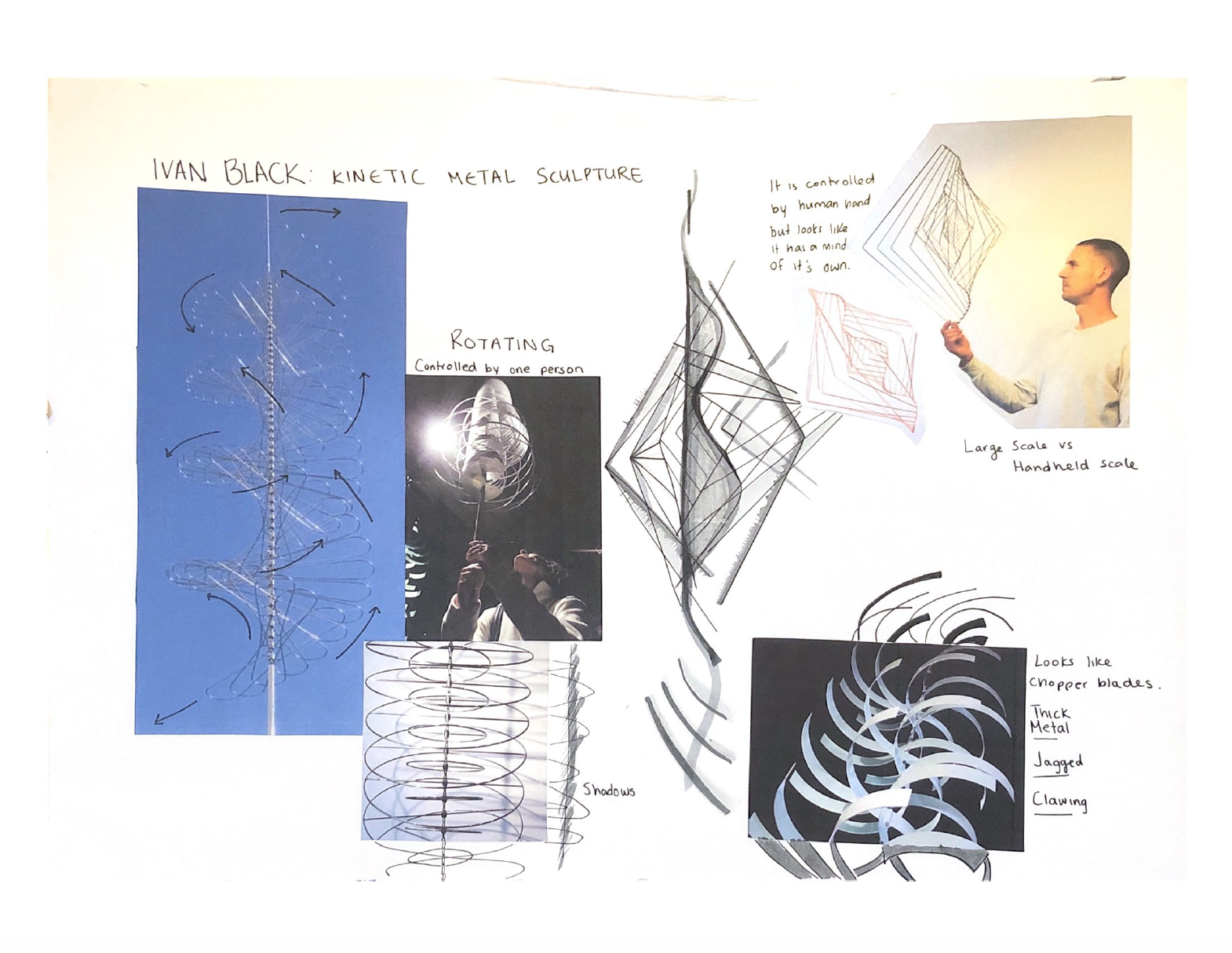
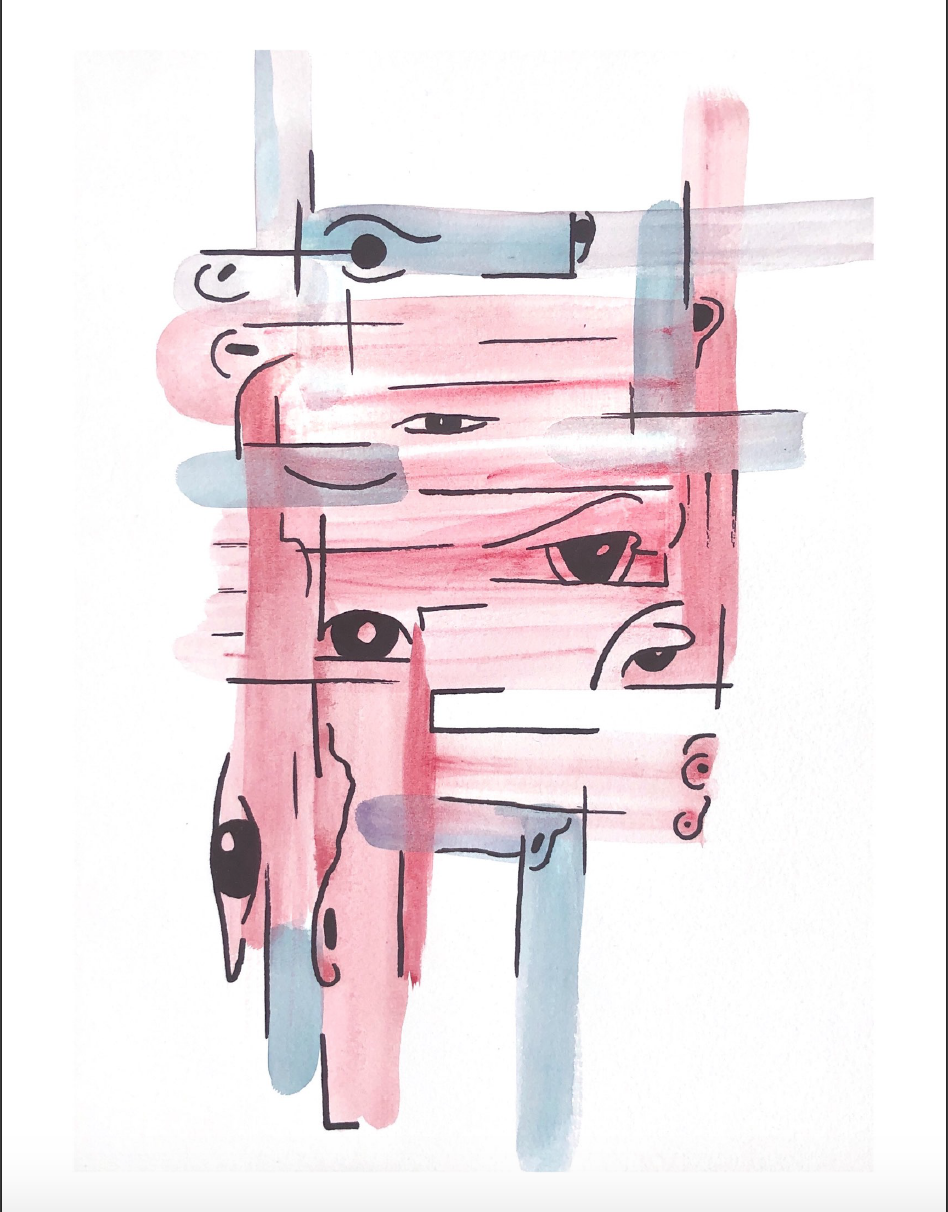
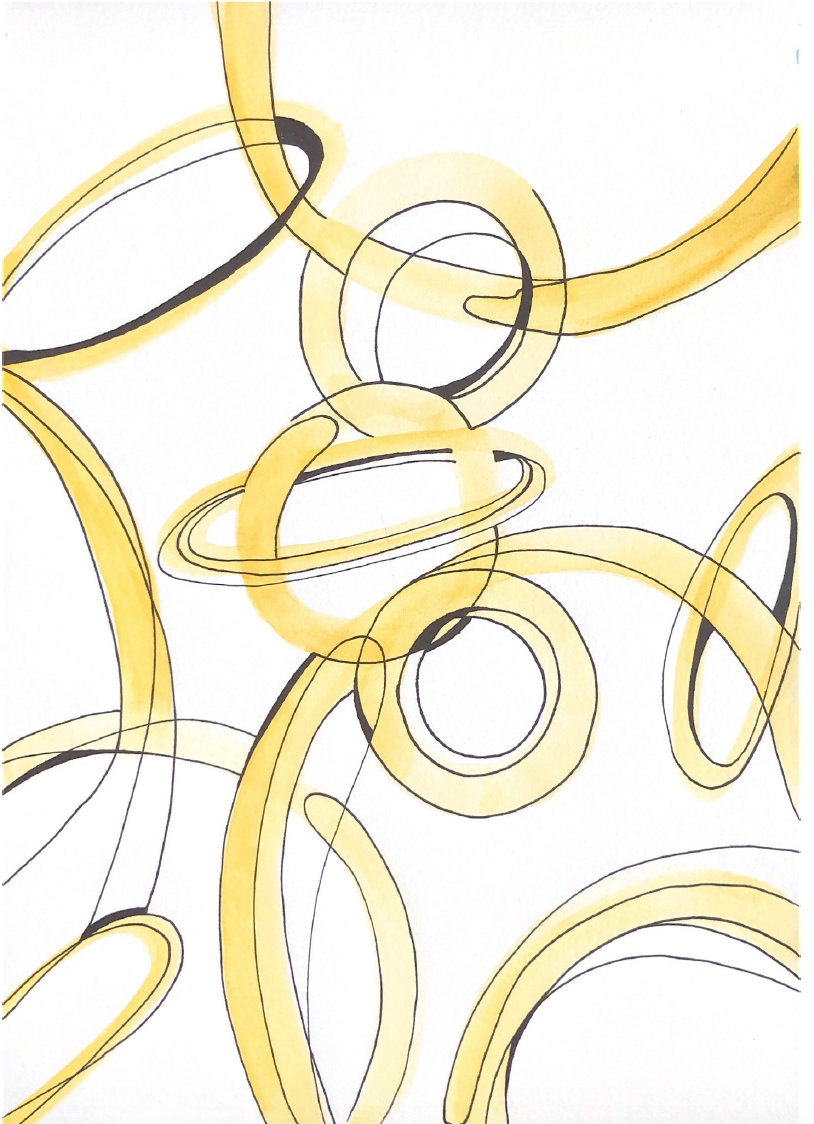


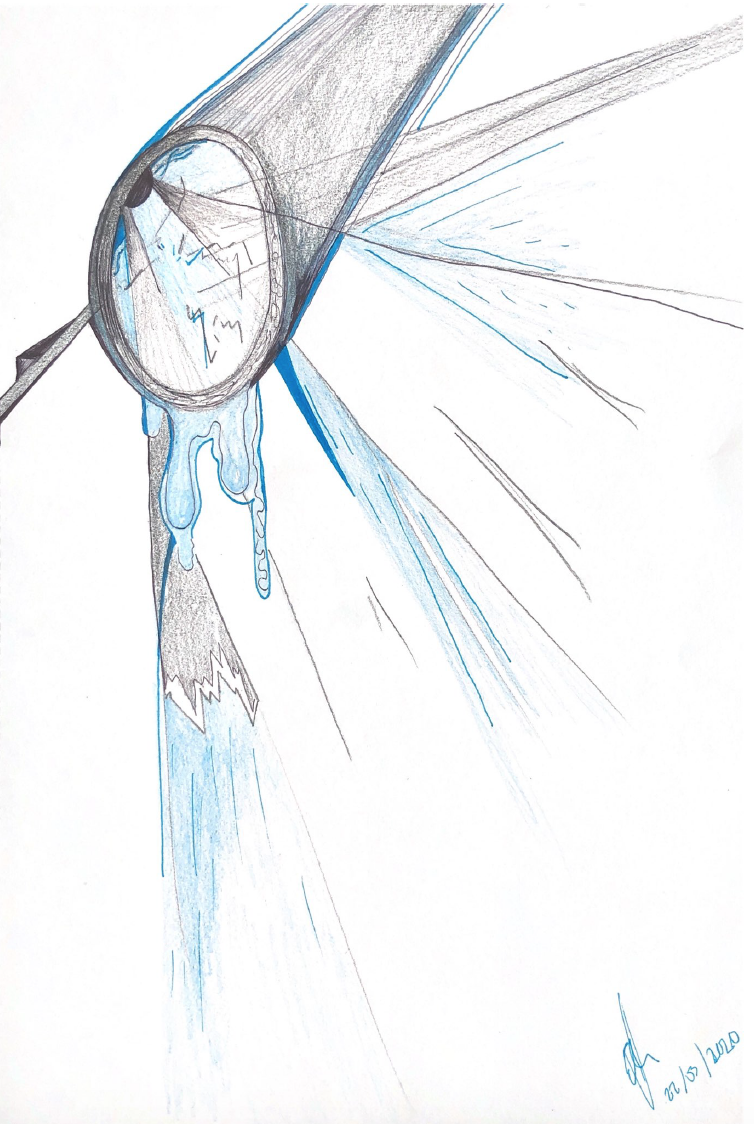

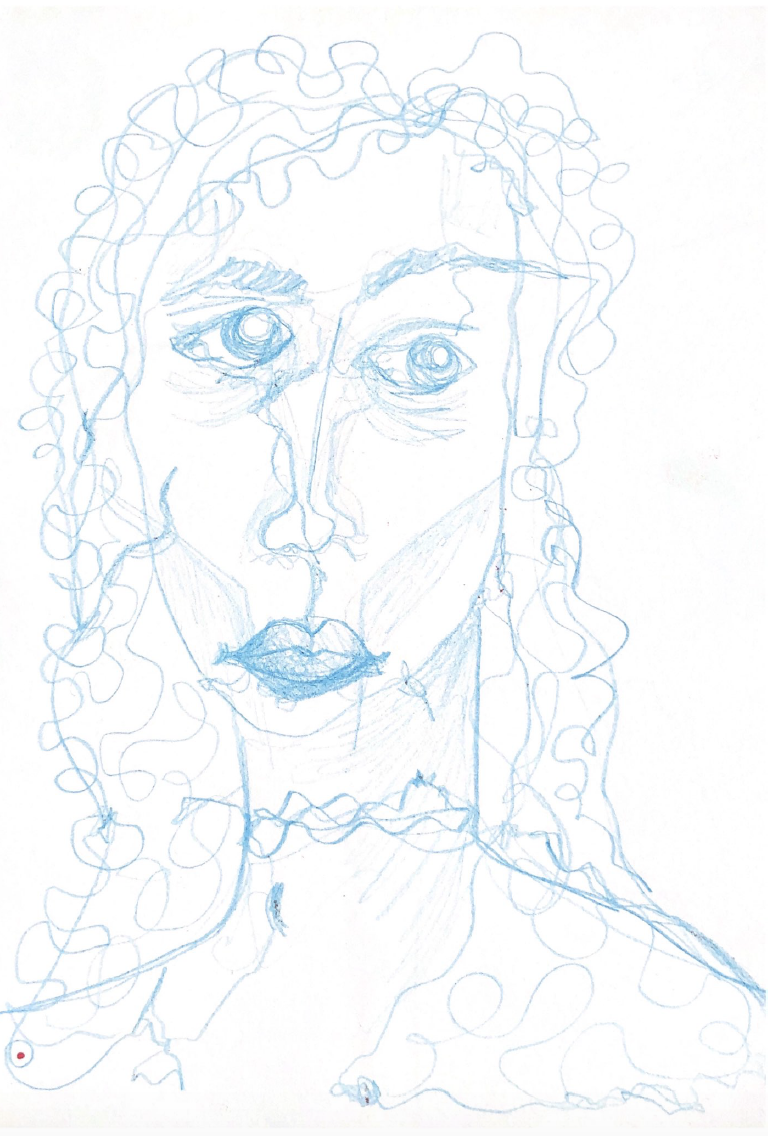


The performances that inspired this included:
-Christopher Haas: Triangle of Squinches
-Ockham’s Razor: Every Action...
-Damien Jalet & Sidi Larbi Charkaoui: Pelléas et Mélisande (set design by Marina Abramovic, costumes by Iris van Herpen)
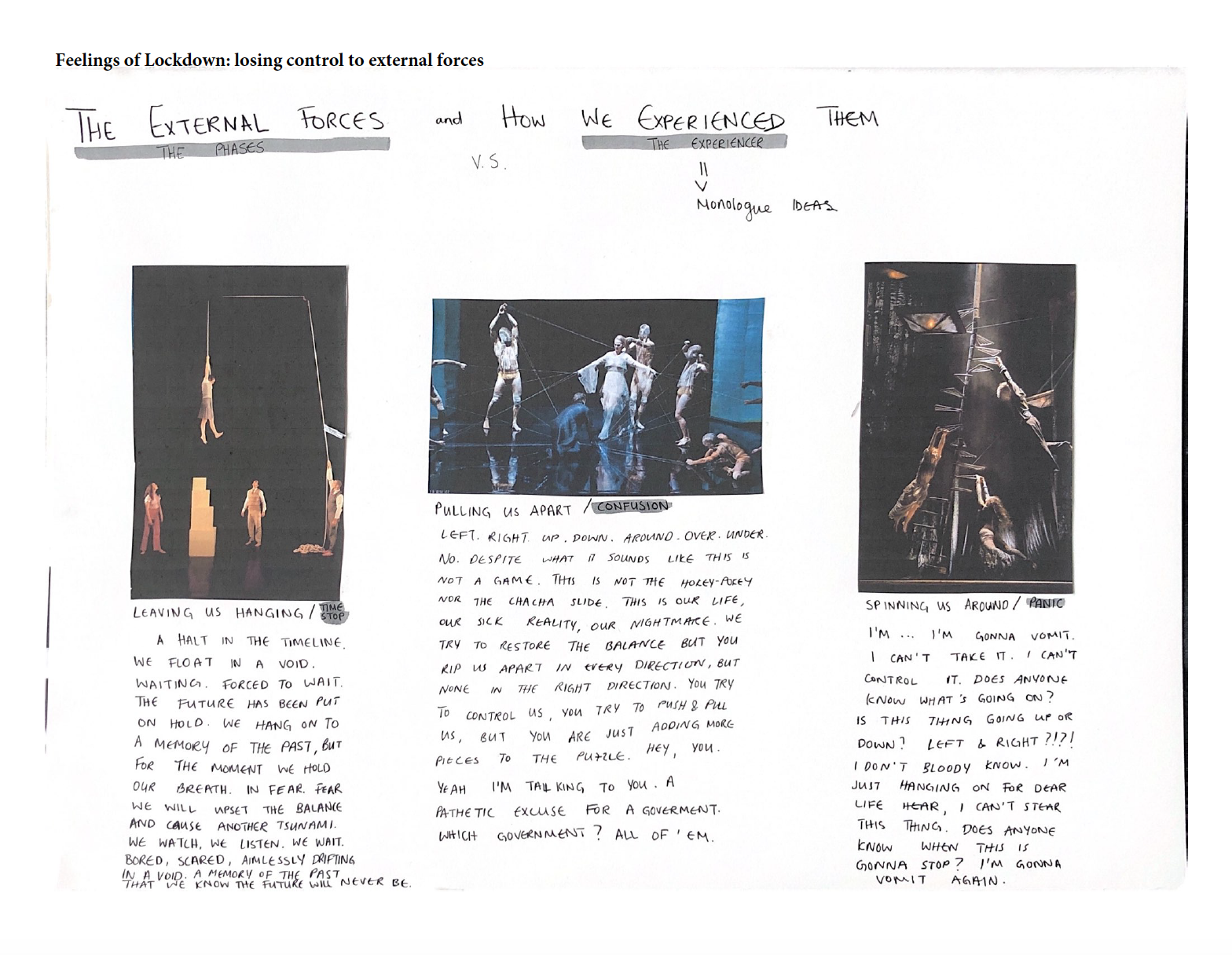
We both agreed to run with the visual of a cycle as our starting point that could inform the narrative, set, costumes, and movement. Looking at my above research, a continuous line of thought was the interaction between the space and the performer. The space was a performer of it’s own and had a kinetic presence within the cast. For example, Le Mouvement De L’air by Adrien M. & Claire B. which featured a tornado of interactive projections surrounding a dancer. (above, third from left). While Maya began dissecting the above research to create character profiles, I did visual research on cycles.


This research led me down the rabbit hole of kinetic sculptures. This was my first initial idea for realising my concept of an interactive space/the space being it’s own performer.
I firstly looked at Paul Friedlander, who creates installations of oscillating waves using light & color. This intrigued me because of the ability to create multiple shapes and morph between them through the mathematival algorithms & the color patterns. However, I knew I could not achieve this because of the technology and science required.
I then discovered Ivan Black who creates kinetic metal sculptures that are operated by hand but also look like they are moving independently. While a person had to trigger the movement, the sculpture is able to sustain a movement pattern similar to a kinetic wind sculpture. But, I was specifically drawn to the idea that the movement pattern could be manipulated by hand. This interaction became the starting point for the set design that would inform the devising process.
NEXT: CREATIVE PROCESS︎︎︎
© Jida Akil 2025